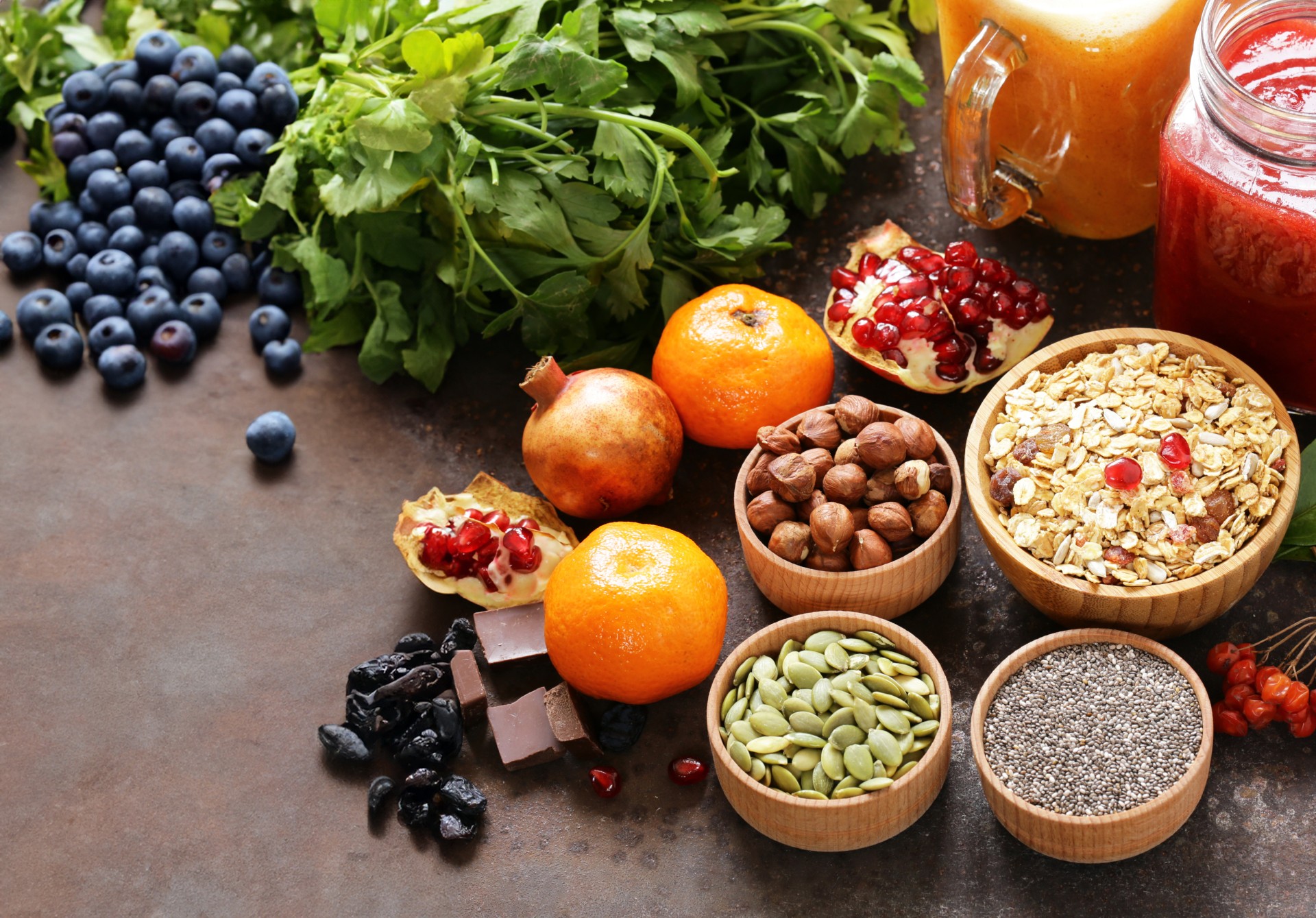How including more fiber rich foods may lower diabetes risk by improving gut health
By Dr. David Samadi
Recent research suggests that increasing dietary fiber intake could play a crucial role in reducing the risk of Type 2 diabetes. This connection, particularly evident in Hispanic adults, is essential for comprehending the intricate relationship between different factors such as dietary fiber, gut bacteria, and metabolic processes.
Studies have found that consuming a higher intake of high-fiber foods is associated with a more diverse and beneficial gut microbiota profile. This, in turn, leads to the production of specific metabolites linked to a reduced risk of Type 2 diabetes. The complex interplay between gut bacteria and these metabolites, a fascinating area of research, sheds light on the mechanisms through which dietary fiber exerts its protective effects.
Recent research conducted by the Hispanic Community Health Study/Study of Latinos has yielded new findings demonstrating a clear association between increased fiber intake, favorable gut bacteria, and lower incidences of Type 2 diabetes over six years. This evidence highlights the potential for personalized dietary interventions, which anyone can adopt to improve their gut and metabolic health and mitigate your diabetes risk, particularly if you’re in a high-risk population.
Despite the benefits of dietary fiber, many adults, including those in the United States, fall short of recommended daily intake levels. However, promoting awareness of the importance of dietary fiber, coupled with efforts to facilitate its inclusion in daily nutrition, could significantly impact diabetes prevention strategies.
Some of the best high fiber foods everyone should be eating include apples, raspberries, citrus fruits, pears, collard greens, Swill chard, Brussels sprouts, carrots, potatoes, 100% whole wheat, farro, oatmeal, buckwheat, chickpeas, chia seeds, avocados, popcorn, broccoli, and quinoa.
The intricate communication pathways between gut bacteria and the human body underscore the complexity of the gut microbiome’s role in health and disease. Further laboratory-based research is crucial to elucidate the underlying mechanisms driving the observed associations and explore additional ways fiber influences metabolic health.
Understanding the multifaceted relationship between dietary fiber, gut microbiota, and metabolic processes offers insight into diabetes prevention strategies.
By unraveling this complexity, researchers aim to develop tailored interventions that harness the potential of dietary fiber to promote overall health and well-being.
Dr. David Samadi is the Director of Men’s Health and Urologic Oncology at St. Francis Hospital in Long Island. He’s a renowned and highly successful board certified Urologic Oncologist Expert and Robotic Surgeon in New York City, regarded as one of the leading prostate surgeons in the U.S., with a vast expertise in prostate cancer treatment and Robotic-Assisted Laparoscopic Prostatectomy. Dr. Samadi is a medical contributor to NewsMax TV and is also the author of The Ultimate MANual, Dr. Samadi’s Guide to Men’s Health and Wellness, available online both on Amazon and Barnes & Noble. Visit Dr. Samadi’s websites at robotic oncology and prostate cancer 911.

